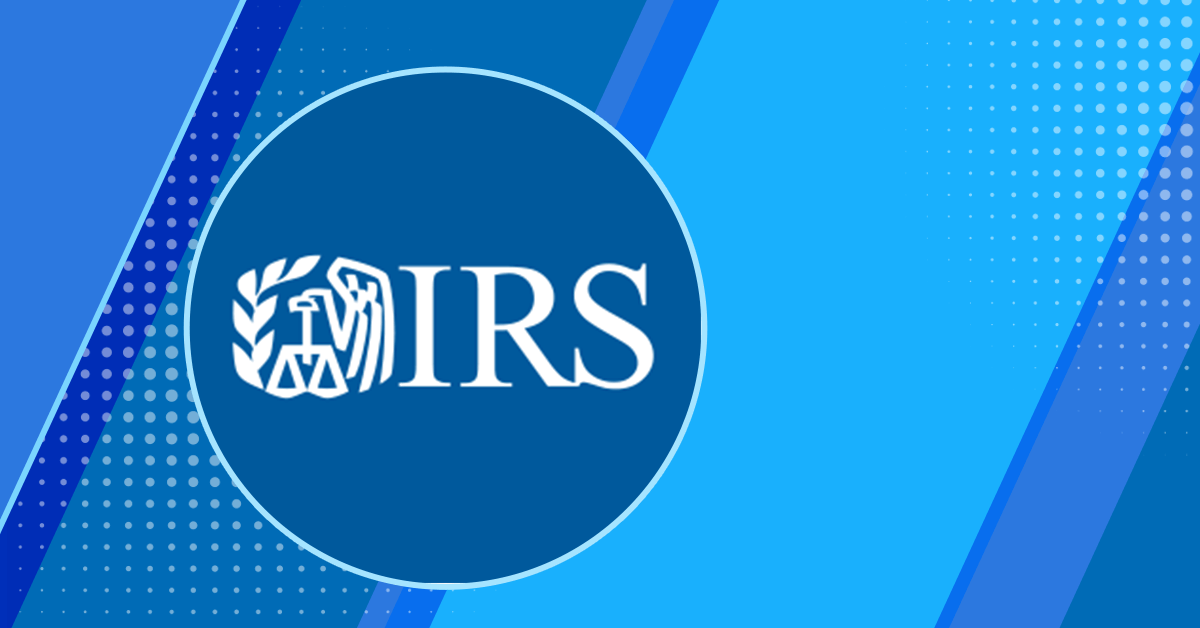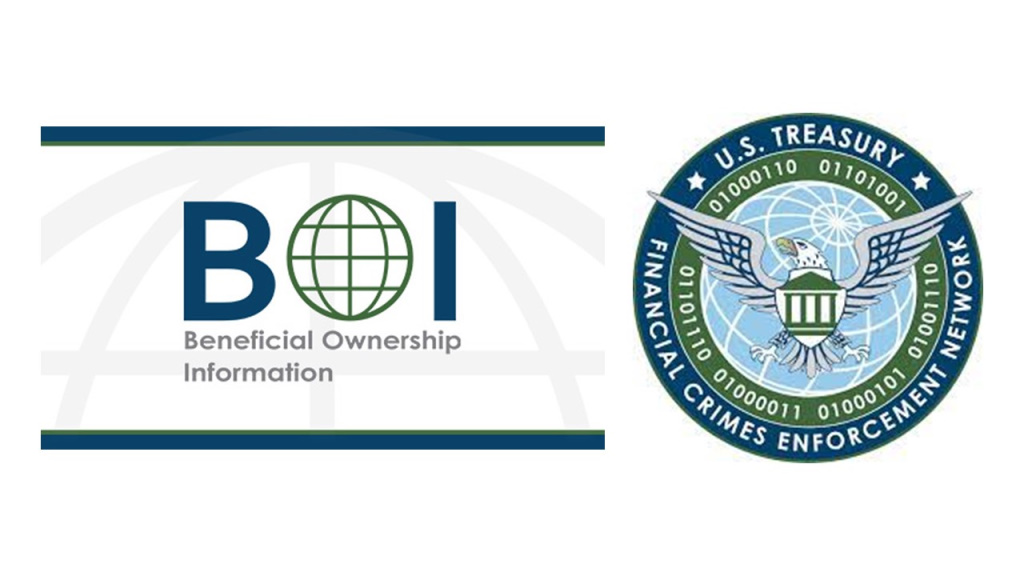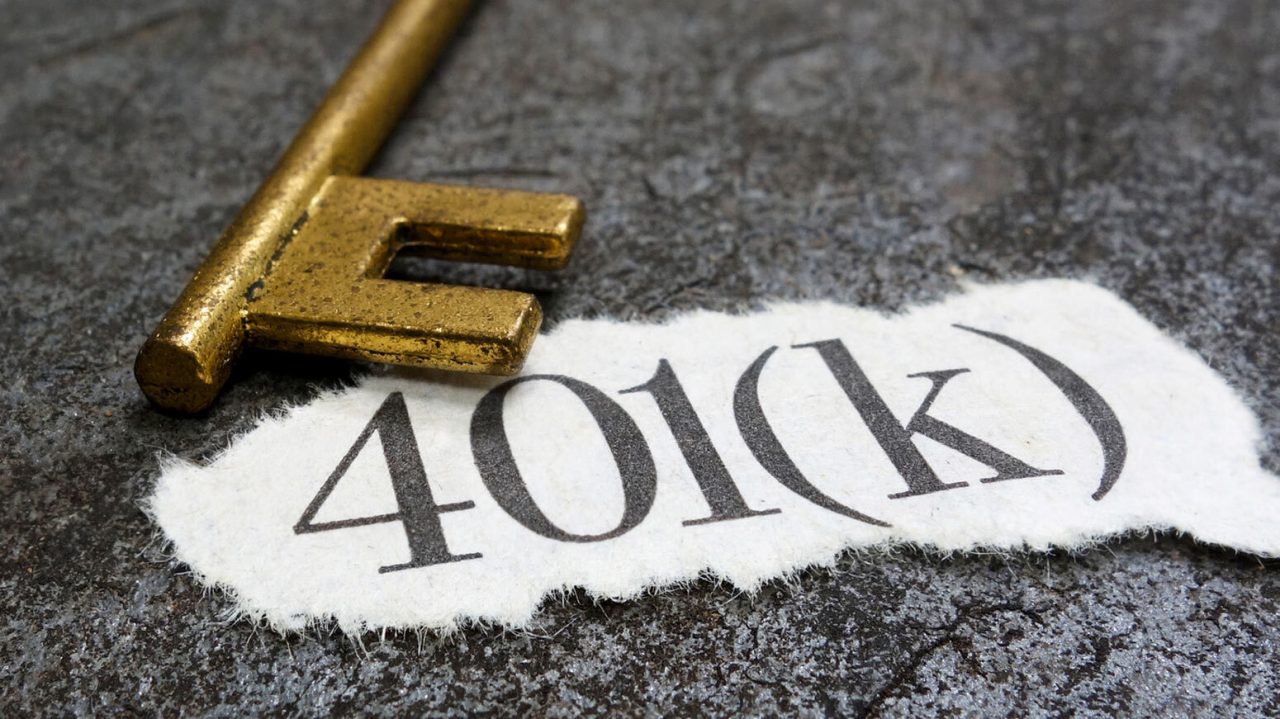As the nation’s tax season approaches, the Internal Revenue Service is reminding people of simple steps they can take now to prepare to file their 2024 federal tax returns.
This reminder is part of the IRS’s “Get Ready” campaign to help everyone prepare for the upcoming filing season in early 2025.
“Our focus at the IRS continues to be on making tax filing easier and more accessible for everyone,” said IRS Commissioner Danny Werfel. “We’ve added more digital tools to help taxpayers. But as tax season quickly approaches, the IRS reminds taxpayers there are important steps they can take now to get ready for 2025. From reviewing withholding to signing up for an IRS Online Account, there are multiple ways for people to help make the 2025 filing season easier.”
As the IRS continues its historic transformation work, the agency continues introducing new online tools as well as expanding and updating other digital tools. These are designed to help taxpayers and make tax filing easier.
Access IRS Online Account for helpful information
Taxpayers can create or access their IRS Online Account, where they can find all their tax related information for the 2025 filing season. New users will need to have a photo ID ready to verify their identity. Through their IRS Online Account, taxpayers can:
- View key details from their most recent tax return, such as adjusted gross income.
- Request an Identity Protection PIN.
- Get account transcripts to include wage and income records.
- Sign tax forms like powers of attorney or tax information authorizations.
- View and edit language preferences and alternative media (such as braille, large print, etc.).
- Receive and view over 200 IRS electronic notices.
- View, make and cancel payments.
- Set up or change payment plans and check their balance.
Gather and organize tax documents
Having well-organized tax records can make filing a complete and accurate return easier and help avoid errors that can delay refunds. This may also help identify deductions or credits that may have been overlooked.
Most income is taxable, including unemployment compensation, refund interest and income from the gig economy and digital assets. Taxpayers should watch for and gather essential forms, such as Forms W-2, Wage and Tax Statement, and other income documents.
It’s also important to notify the IRS of any address changes and the Social Security Administration of any legal name changes.
Check withholding before the end of 2024
The IRS Tax Withholding Estimator on IRS.gov can help taxpayers make sure the correct amount of tax is withheld from their paychecks. This tool is especially useful for individuals who owed taxes or received large refunds last year, or those who have experienced life changes such as marriage, going through a divorce, or the welcoming of a child. Taxpayers who need to adjust their withholding can update their information with their employer using Form W-4, Employee’s Withholding Allowance Certificate.
Time is running out to make changes for 2024, as only a few pay periods remain in the year. Taxpayers need to act quickly to make any adjustments.
Get refunds faster with direct deposit
The fastest and most secure way to receive a tax refund is through direct deposit. Taxpayers can direct their refund to a bank account, banking app or reloadable debit card by providing their routing and account numbers. If the routing and account number cannot be located, taxpayers should contact their bank, financial institution or app provider.
According to Treasury’s Bureau of the Fiscal Service, paper refund checks are 16 times more likely to be lost, misdirected, stolen or uncashed compared to those paid using direct deposit.
Individuals without a bank account can explore options for opening one through FDIC-insured banks or a credit union using the National Credit Union Locator tool. Veterans can use the Veterans Benefits Banking Program to find participating financial institutions.
Volunteer to help others with their taxes
The IRS and its community partners are seeking volunteers from around the country to join the Volunteer Income Tax Assistance (VITA) and Tax Counseling for the Elderly (TCE) programs. These programs offer free tax preparation services to eligible taxpayers. Interested individuals can learn more and sign up by visiting IRS.gov.
Helpful IRS resources and online tools
IRS.gov is a valuable resource for taxpayers, offering a variety of online tools like the Individual Online Account available 24/7. These tools help individuals file and pay taxes, track refunds, access account information and get answers to tax questions. Taxpayers are encouraged to bookmark these resources for easy access.
Choosing a tax professional
Tax professionals play an essential role in the U.S. tax system. Certified public accountants, Enrolled Agents, attorneys and others without formal credentials are just a few of the professionals who help taxpayers file their returns accurately. It is important to choose a professional who is skilled and trustworthy.
Most tax return professionals provide great service but picking the wrong one can hurt taxpayers financially. The IRS offers tips for choosing a tax preparer.
People can use the IRS Directory of Federal Tax Return Preparers with Credentials and Select Qualifications to find qualified professionals.
Source: IRS-2024-297, Nov. 22, 2024





